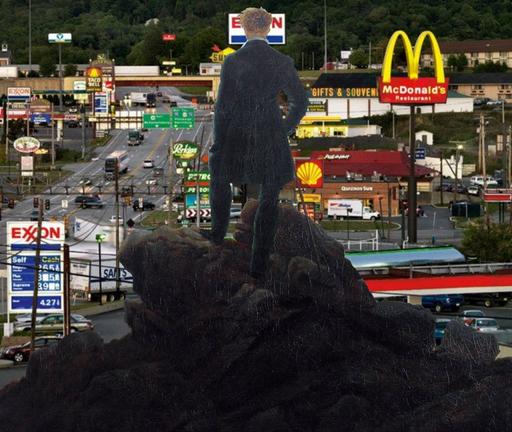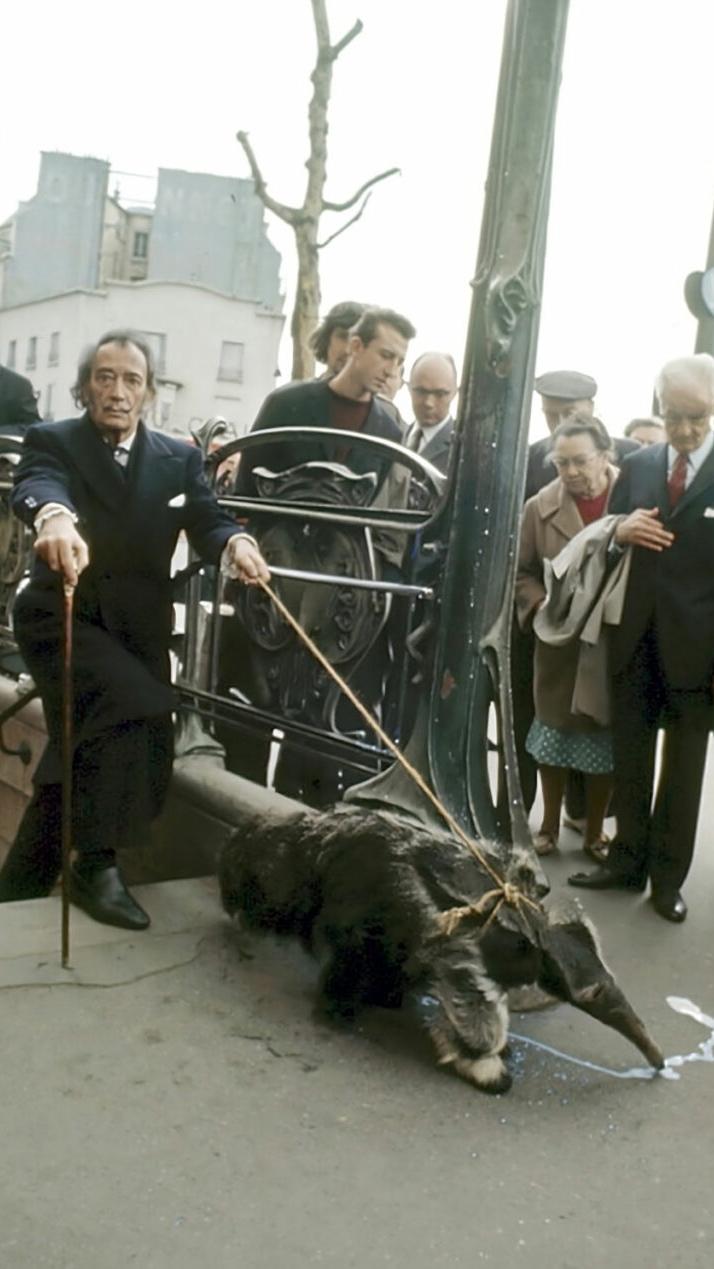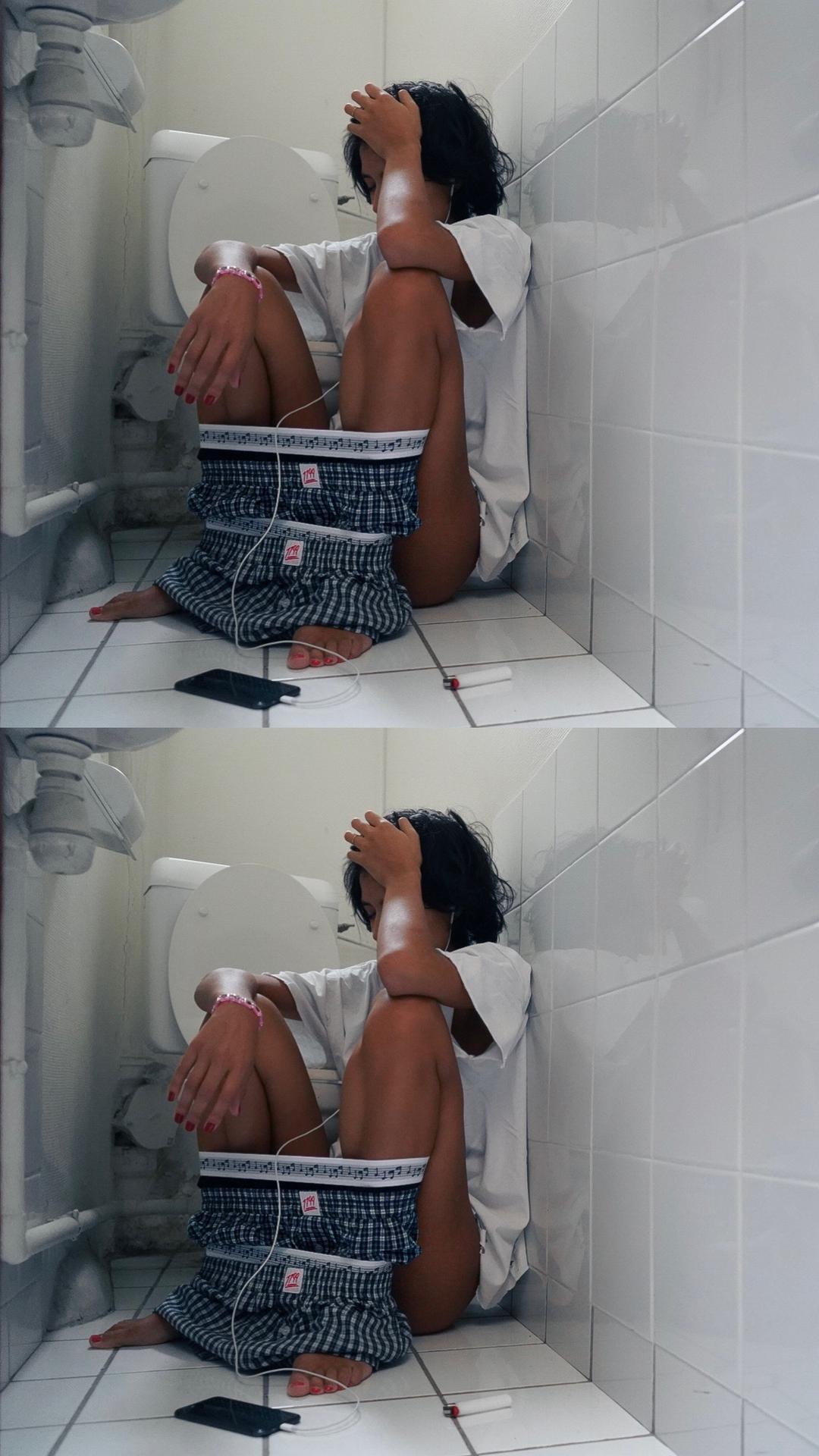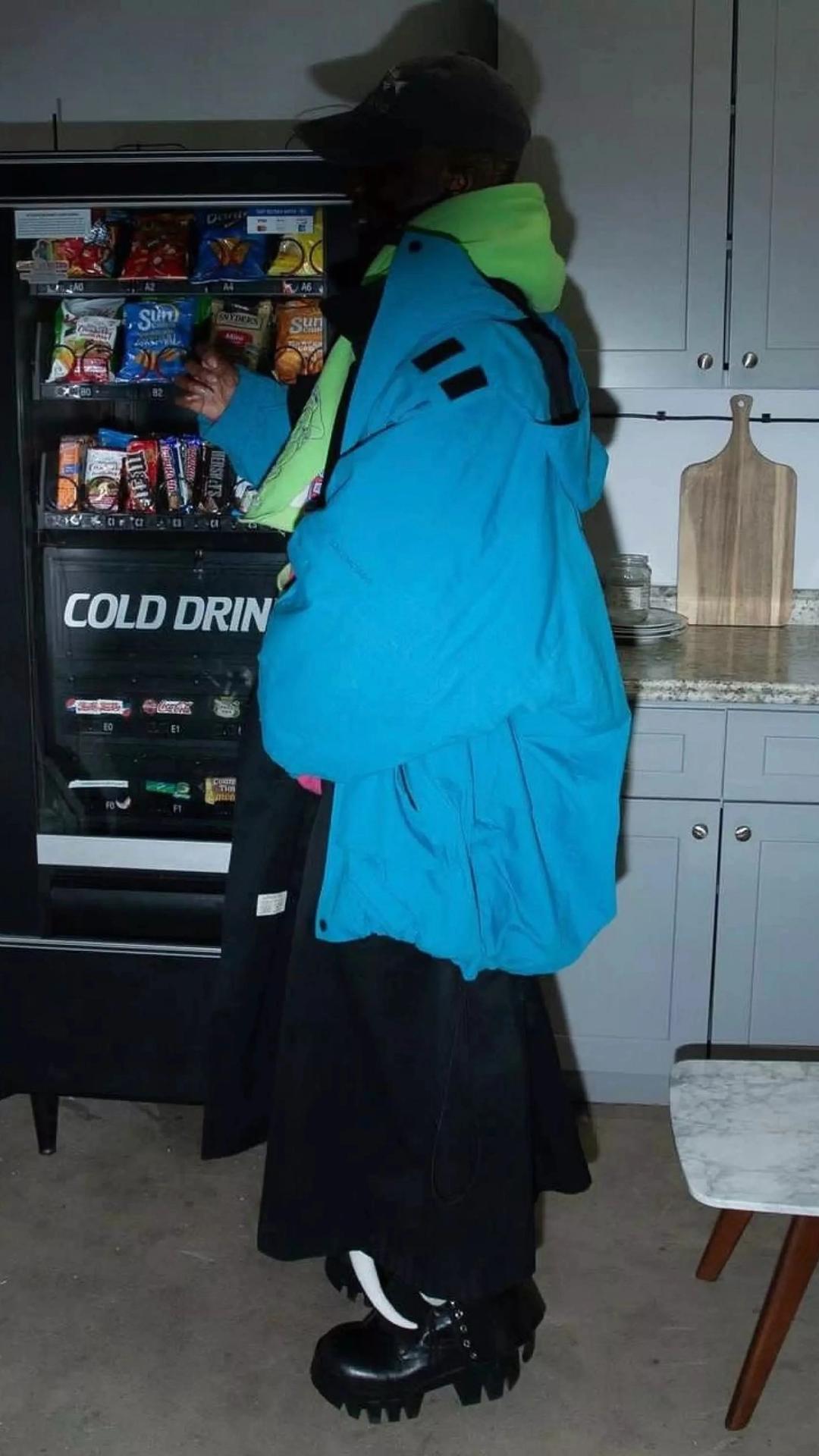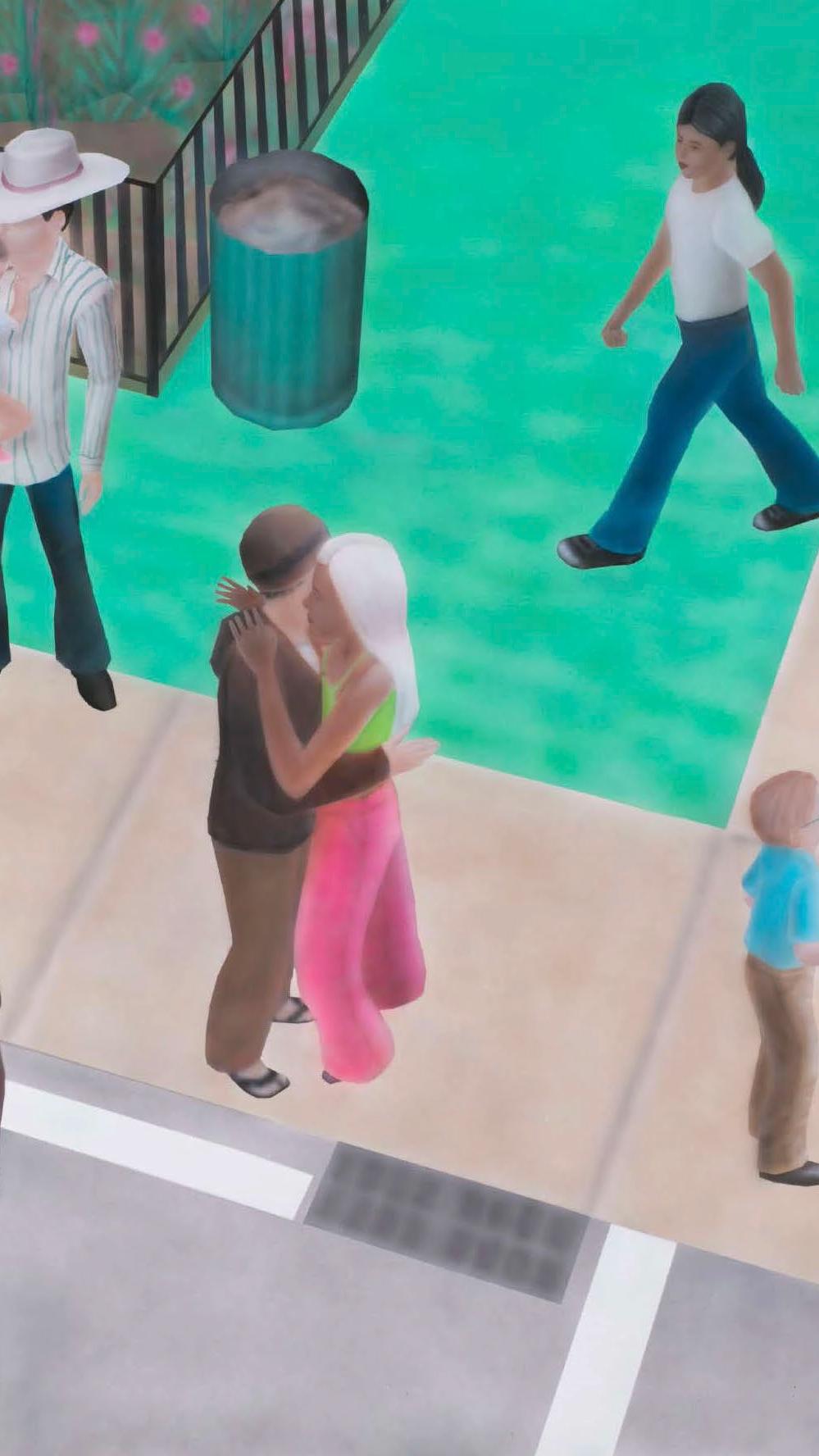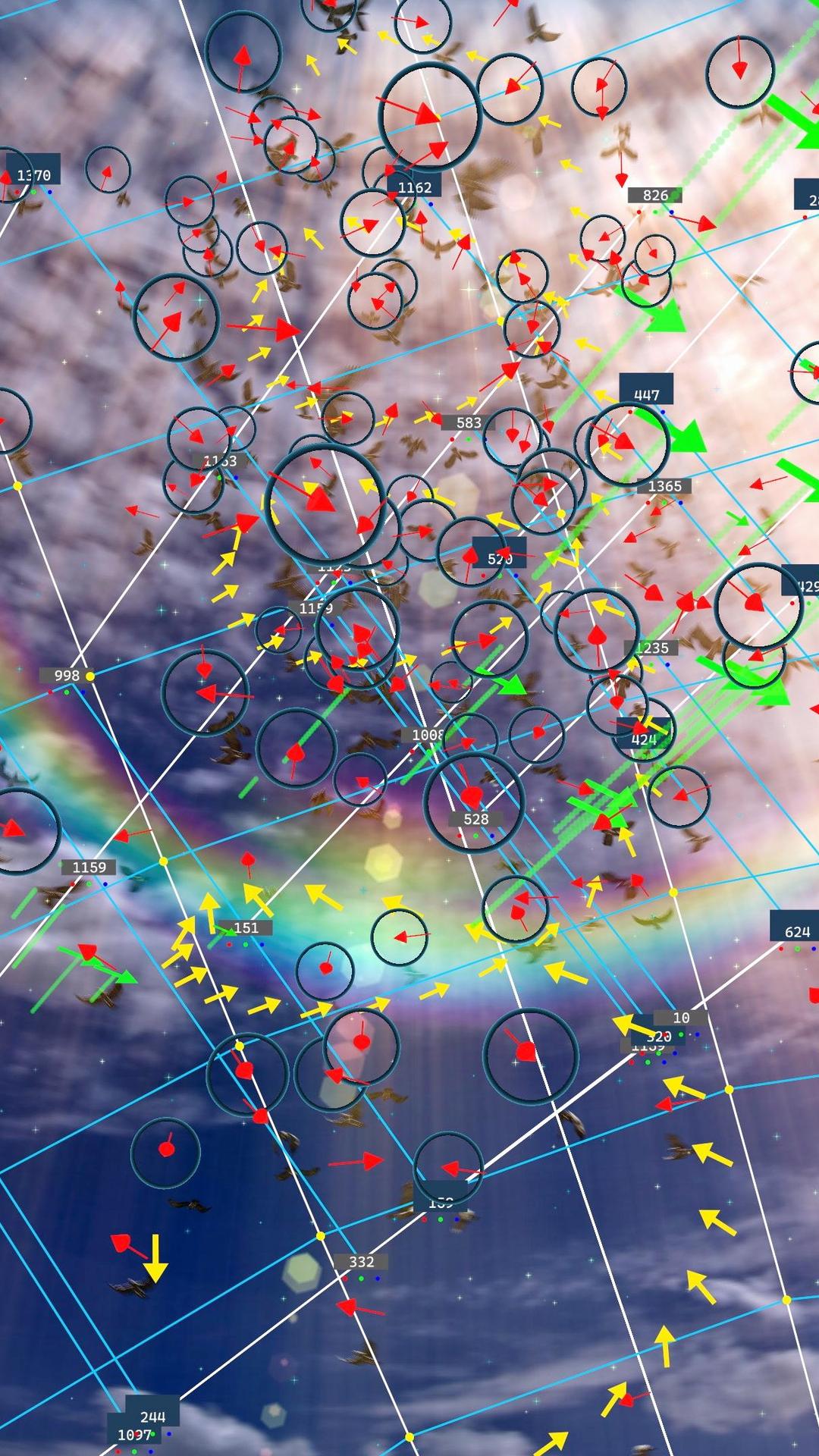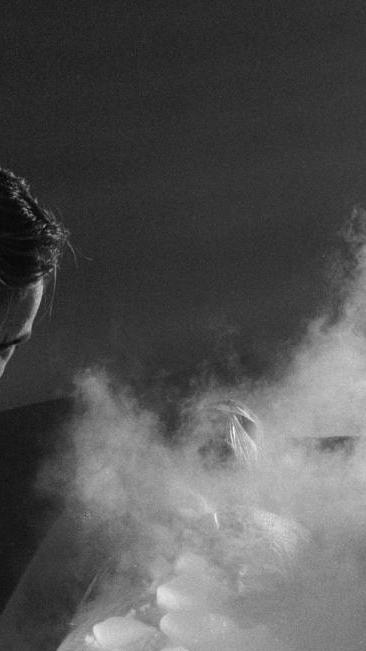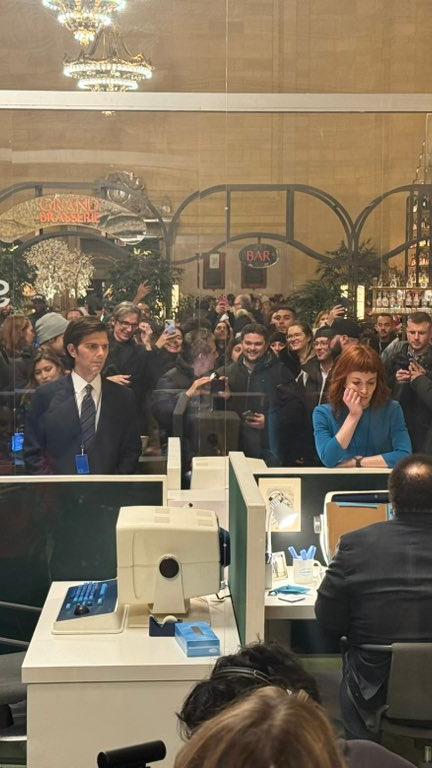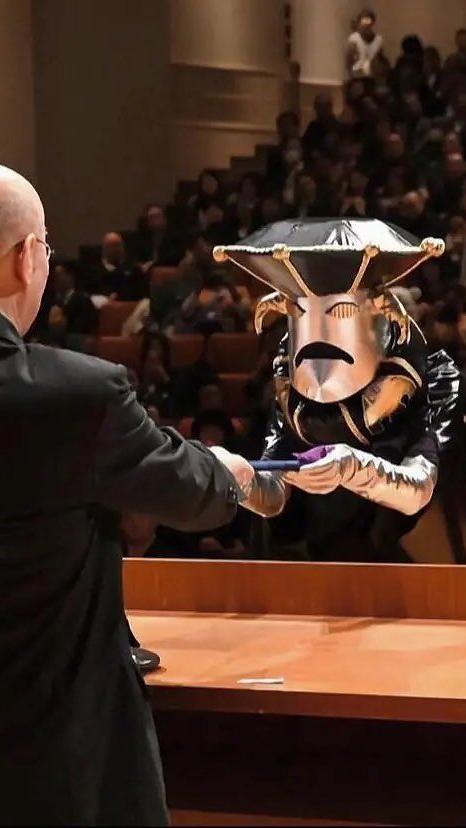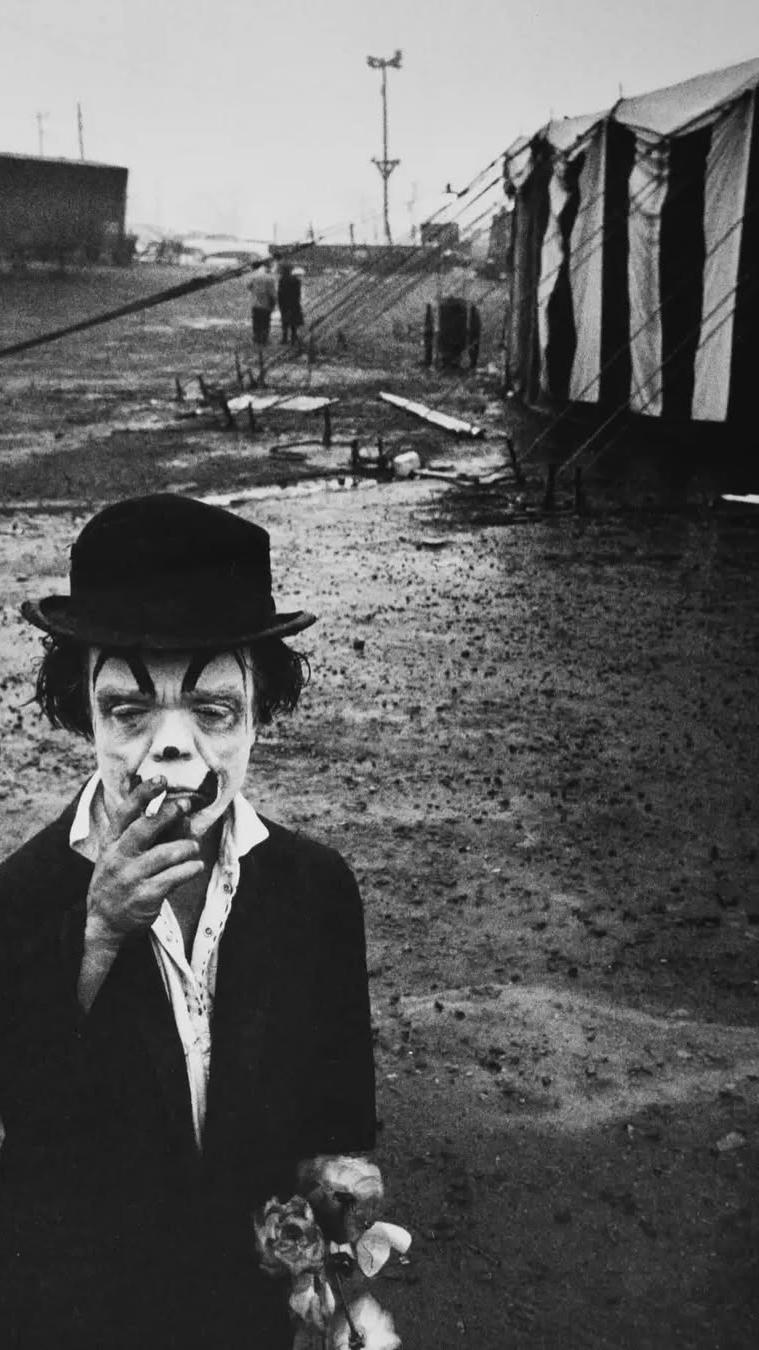Film's fear of the future

Technological anxiety is not a modern phenomenon. From the printing press to the Industrial Revolution to the modern day, technophobia is an almost universal response to progress.
Science fiction is an outlet for these anxieties. Often exploring a technological advancement that changes the world, these stories draw inspiration from the current state of technology to project a future that could come to pass.
![[object Object]](https://cdn.sanity.io/images/7hyzopih/production/8eab6a4d8af83f6e9d408ffc6296f97101c25340-600x450.jpg?auto=format&fit=max&q=75&w=300)
Modern Mechanix and Inventions (April, 1934)
Techno-horror is a subgenre of sci-fi and horror that highlights worst-case scenarios of technological overreach and responds to real-world technological development. This sub-genre has become more relevant in recent years. Its development can be traced alongside technology’s, showing how the stories we tell reflect our fear of the future and make predictions that sometimes come true.
-
Origins: Frankenstein and the Industrial Revolution
The Industrial Revolution brought about technological advancements to the masses at unprecedented speeds. Huge improvements in manufacturing, transport, and medicine were changing how people viewed technology. Skilled laborers were being replaced with machine manufacturing. This caused the first widespread instances of technophobia. The destruction of machines as an act of protest became such a widespread problem that the British government made it a punishable offense.
Galvanism, discovered in 1780 by Luigi Galvani, is the process of making muscles move by using electrical currents. Initially tested on frogs, Galvani believed that his discovery proved the existence of something he called “animal electricity,” a force inside every living being that could give life to organic matter.
![[object Object]](https://cdn.sanity.io/images/7hyzopih/production/c05ab2a914011d2d528b36038b4694114104a4c2-1702x1236.jpg?auto=format&fit=max&q=75&w=851)
Diagrams of Giovanni Aldini galvanism experiments
Mary Shelley’s gothic classic Frankenstein: or, The Modern Prometheus, written in 1818, is considered to be one of the first-ever science fiction novels, and responded to these technological developments. In it, a scientist plays God using alchemy and modern medicine, before being left to deal with the consequences of his boundless ambition.
Galvani’s theories were a direct influence on Frankenstein, cited by Shelley herself: “Perhaps a corpse would be re-animated, Galvanism had given token of such things.” Her novel was a response to a rapidly evolving world, using the monster as a personification of these fears of reanimation.
Fear of Machines and Blade Runner
![[object Object]](https://cdn.sanity.io/images/7hyzopih/production/441cda07be202bf31216cf59b6fdbcec8a832d0d-1360x907.webp?auto=format&fit=max&q=75&w=680)
© Warner Bros.
During the Great Depression, stories about the dangers presented by robots began to permeate American media. One such story featured an inventor named Harry May, whose gun misfired and injured him while he was showcasing a robot. The story was sensationalised and the version newspapers ran said the machine gained sentience and shot its inventor. Stories such as these planted the seeds of robophobia.
![[object Object]](https://cdn.sanity.io/images/7hyzopih/production/ad409c9187b64dc5edeed9c1a0c89a747078970f-940x1214.jpg?auto=format&fit=max&q=75&w=470)
Harry May / Via San Diego History Center, Electric Ivy
By the 1980s, television, computers, and cinema had completely revolutionized people’s day-to-day lifestyle. A popularization of sci-fi filmmaking catalyzed by the success of Star Wars and the creation of the slasher genre in 1978 made space for a wave of broadly distributed techno-horror films that explored the public’s technological anxieties about this new way of living.
![[object Object]](https://cdn.sanity.io/images/7hyzopih/production/db13167c21bdb194bdd5d1a2ae320b95c16fd9e8-1200x799.webp?auto=format&fit=max&q=75&w=600)
Star Wars landspeeder / © Lucasfilm
Chief among these was Blade Runner. Adapted from Philip K. Dick’s Do Androids Dream of Electric Sheep?, Ridley Scott’s 1982 film explores what it means to be human in a world increasingly dominated by machines. Set in a hyper-capitalist 2019, the story focuses on rogue ‘replicants,’ or bioengineered humans used by the government in wars. The story follows Rick Deckard in pursuit of Roy Batty, a replicant who is about to be ‘retired’ searching for more time, seeking out his creator to find answers.
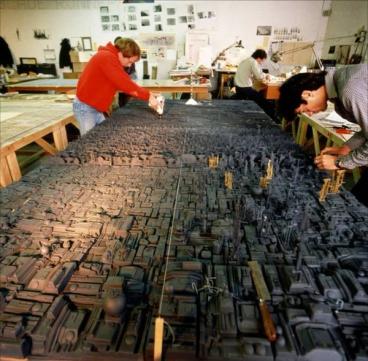

The Cyberpunk genre was heavily influenced by urban environments in the late 1900s / e.g. an aerial photo of the Kowloon Walled City taken in 1989 / set building for Blade Runner from the documentary Dangerous Days: Making Blade Runner
Blade Runner is an integral part of the cyberpunk subgenre, which is itself a critique of capitalism and over-industrialization. The film was a response to the paranoia that had been plaguing people since the Industrial Revolution and parallels Frankenstein: both stories portray a humanoid creation turning on their creator. The film also asks us to question whether anyone can be considered human when they work under a system of exploitation.
![[object Object]](https://cdn.sanity.io/images/7hyzopih/production/4f1e74d9e60196c49971a4c143265ef9f05a751e-400x527.jpg?auto=format&fit=max&q=75&w=200)
Time February Issue, 1993.
Videodrome and Mass Media Manipulation
The 24-hour news cycle was introduced in 1980 and television became the main transmitter of American pop culture. “The medium is the message” said Marshall McLuhan, a Canadian media theorist who believed the way we receive information can affect us more than the information itself. David Cronenberg’s Videodrome, released in 1983, responds to, and comments on, this new form of media consumption and manipulation.
The main character, Max Renn, is a TV executive who becomes enamoured with “Videodrome,” a mysterious public access program that shows graphic violence and torture videos. He orders it to be publicly broadcast because, in his own words, “It's just torture and murder. No plot, no characters. Very, very realistic. I think it's what's next.” As his obsession continues, his body begins to morph in grotesque ways.

Videodrome is a commentary on how the media we view on a daily basis can begin to affect our psychological worldview. McLuhan’s theories were a huge influence on Cronenberg while writing this film. He examines what it means to become a passive consumer when the content being consumed does not have pure intentions.
Videodrome is prescient of most recent techno-horror stories, as it is one of the first widely seen films that explores the idea of transcending the human body and living on forever in cyberspace, an idea that is becoming more relevant today with the widespread usage of the internet and speculative processes like mind-uploading to achieve immortality or complete control of the brain.
![[object Object]](https://cdn.sanity.io/images/7hyzopih/production/5135bf8d12bdcdbc30271d6d3af9638e30b174f8-2663x1779.jpg?auto=format&fit=max&q=75&w=1332)
© Universal Pictures
Corporate Surveillance and Severance
In 2010, several employees committed suicide by jumping from the roof of an iPhone manufacturing factory in Longhua, China. Since then, the factory has installed nets around the building. Pre-pandemic, Amazon's warehouse workers' annual turnover rate was around 100%, which is more than double the industry standard.
![[object Object]](https://cdn.sanity.io/images/7hyzopih/production/6fd18c97ed53d438532d6549c3a4a8a0f431b57c-3800x2574.jpg?auto=format&fit=max&q=75&w=1900)
An assembly bench in Foxconn’s Longhua complex in Shenzhen, China, where iPhones are manufactured. Photograph: Tony Law/Redux/eyevine
Corporations have a bigger presence in our lives than ever before, and the people working under them are subjected to invasive and inhumane protocol. The technology involved in keeping these facilities running prioritizes efficiency over everything, using algorithms and surveillance tools to enhance their employees’ output.
Dan Erickson’s Severance is essentially a non-dystopian dystopia. “Severed” employees working for a glorified pharmaceutical company undergo an experimental procedure that splits their identity in half—their work and personal selves, innie and outie. As the series progresses, the characters’ innies begin to understand the situation they’ve forced themselves into, a labor prison. Existential dread begins to set in: What is their purpose? How could their outie decide to put them in this living hell?
![[object Object]](https://cdn.sanity.io/images/7hyzopih/production/b61c8c32b297996b1b082397e3015dd14647fe1a-1400x933.webp?auto=format&fit=max&q=75&w=700)
© Apple TV+
Severance feels like a fresh take on 80s sci-fi concepts, exploring how individuals willingly subject themselves to constant surveillance and monitoring under the guise of convenience and efficiency, ultimately dissolving their identity and agency. It can be interpreted as a commentary on the pharmaceutical industry, but it’s mainly critiquing modern corporate work culture and how dehumanizing it can be. You could easily draw a parallel between the severed floor and an Amazon warehouse, with working conditions being kept under wraps and workers being constantly monitored.
Longevity Obsession and The Substance
![[object Object]](https://cdn.sanity.io/images/7hyzopih/production/7420d52295a5829401daecb35aaaf3a2e2c4ff00-1600x900.jpg?auto=format&fit=max&q=75&w=800)
© DR
Brian Johnson is a 47-year-old multimillionaire entrepreneur obsessed with staying young forever. He has spent over 2 million dollars to slow down and even reverse his natural aging process. Elsewhere, biohacking, influencer beauty trends, and drugs like Ozempic are becoming the norm. This has caused a ripple effect of self-doubt and body image issues. According to a survey conducted by the Women and Equalities Committee in the UK, 61% of adults feel negative or very negative about their bodies.
![[object Object]](https://cdn.sanity.io/images/7hyzopih/production/f48f9325dd8d342228fef70e431b3aa536b6a4b6-1400x700.jpg?auto=format&fit=max&q=75&w=700)
Still from The Substance via Working Title Films
The Substance, directed by Coralie Fargeat, follows Elisabeth Sparkle, an aging aerobics instructor who gets fired from her television show. She discovers a new serum that can essentially create a new and younger version of herself, but she has to switch back every 7 days or her real body will rot.
This is not a subtle film. The Substance revels in its chaos—it’s fast-paced, gory, and presented with the glossy sheen of a perfume commercial. To put it simply, it’s about how society expects women to look a certain way and how pharmaceutical companies take advantage of it.
![[object Object]](https://cdn.sanity.io/images/7hyzopih/production/936ad16d2bb9b62d449000140595b83e9049a79f-624x391.jpg?auto=format&fit=max&q=75&w=312)
Margaret Qualley and Demi Moore on set for The Substance
Similarly to David Cronenberg’s work, body modification is a big part of this story. Transhumanism is an idea that is often presented in cyberpunk worlds, but Fargeat gives it a contemporary spin. The Substance reflects the reality women face today and how the pharmaceutical industry and social media have made beauty standards completely unrealistic.
Internet Horror and the future
Films like Jane Schoenbrun’s We’re All Going to the World’s Fair or Pascal Plante’s recent Red Rooms explore what our daily lives can look like when they are fully online. Instead of being set in dystopian futures, they are grounded in our mundane reality.
![[object Object]](https://cdn.sanity.io/images/7hyzopih/production/f5a44f63bfecb342080469d40b181ad293eebbeb-1360x907.webp?auto=format&fit=max&q=75&w=680)
We're All Going to the World's Fair / © Utopia
A Self-Induced Hallucination is a 2018 documentary by Jane Schoenbrun, composed entirely of YouTube videos uploaded between 2009 and 2018. It examines the viral Slender Man horror story and the community creating this content. It eventually tackles the tragic 2014 stabbing involving two young girls that took place in Wisconsin.
The anxiety in these works stems from online platforms shaping our identities and blurring the lines between public and private. What was a space for connection now poses questions to our sense of self and privacy. As our lives become more online, the platforms meant to connect us can isolate us and distort our perceptions of reality.
-
Techno-horror forces us to confront the dark side of our relationship with technology, not just in the future, but in the present. As the genre has evolved, it has focused on the psychological and emotional impact of living with these digital systems. Blade Runner and Frankenstein present technology as an external force, but in modern interpretations, the genre explores how technology can distort our sense of self in our day-to-day lives. This was predicted by the techno-horror of the past; we are living in yesterday’s dystopian future.
Image Curation by Carly Mills



